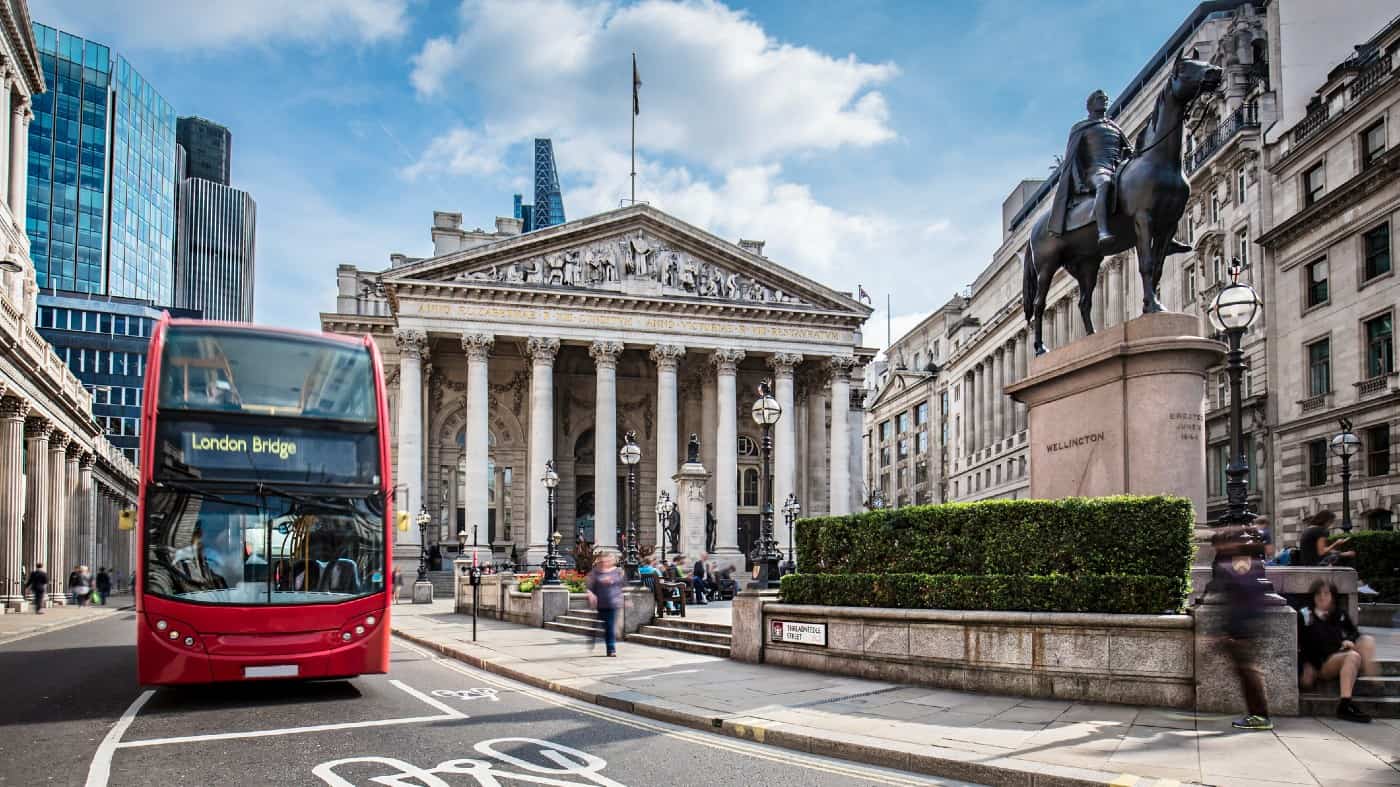It is easy to find doom-mongers when it comes to the outlook for the British economy. That also seems to be true for many UK shares. While the flagship FSTE 100 index hit a new all-time high level earlier this year, many individual shares look dirt cheap to me.
Banks are an example. Lloyds trades on a price-to-earnings (P/E) ratio of just six, while rival Barclays looks even cheaper at five.
It is not just banks, though.
Telecom operators BT and Vodafone both trade on P/E ratios in low-to-mid single-digits.
Financial services company Legal & General trades on a P/E ratio of six, while British American Tobacco sells for less than seven times earnings.
Those are all FTSE 100 companies. Why do they seem dirt cheap – and is it a buying opportunity for my portfolio?
Risk and reward
I think a key reason for the apparently cheap prices is that many investors perceive multiple risks that could affect the earnings of British businesses in coming years.
For example, a weak economy and high interest rates could see more borrowers fall behind on mortgage repayments. That would likely reduce earnings at banks.
Higher interest rates might also add substantial new costs for companies with lots of debt on their balance sheets, like Vodafone and British American Tobacco.
So, perhaps some shares are not actually as cheap as they may seem today. That depends on how well the businesses do in coming years.
Long-term view
Of course, nobody knows what will happen in future. Clearly a lot of investors are pricing in sizeable risks to UK shares. They could turn out to be right.
Still, I am a long-term investor. Are things really as bad as some current share prices seem to suggest?
I do not think so.
Take Legal & General as an example. It does face risks, from a volatile investment environment to increased competition from fintech firms. But its valuation looks dirt cheap to me even considering those risks. It has a large customer base, iconic brand and business model that has proven enormously profitable.
I reckon that means it could trade for a higher price in future. That said, it is 6% lower over the past year and 16% below where it stood five years ago.
But it pays an 8.6% yield. As a long-term investor, I have put the firm in my portfolio. I will be happy to earn its juicy dividend while holding the shares in hope of long-term capital gain.
Time to buy
In fact, I think now could be a great time for investors to buy UK shares.
As always, it matters what one buys – and how much one pays.
I reckon some apparently cheap shares reflect the substantial risks they carry. But others look like real bargains to me. That is why I continue to add them to my portfolio.








